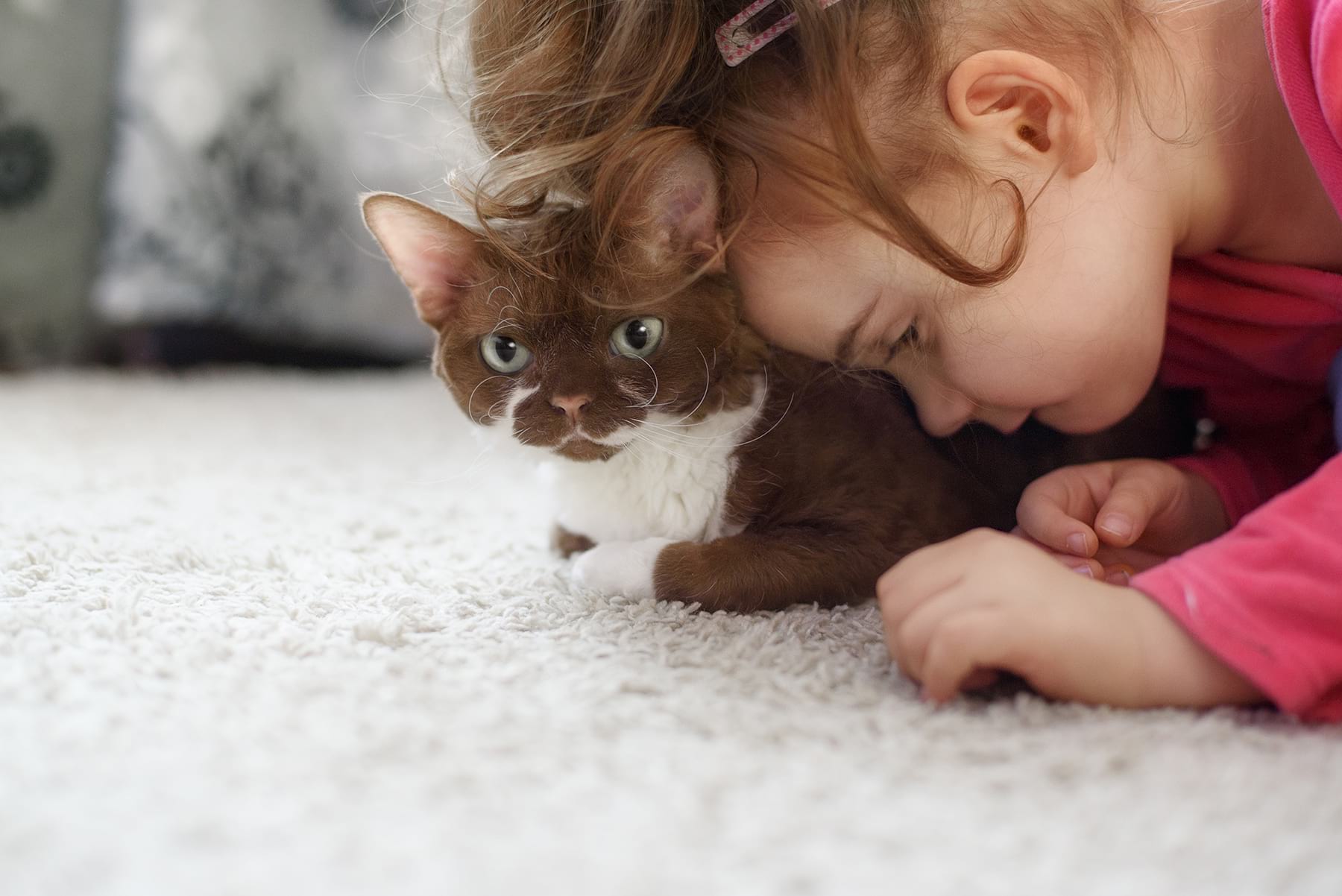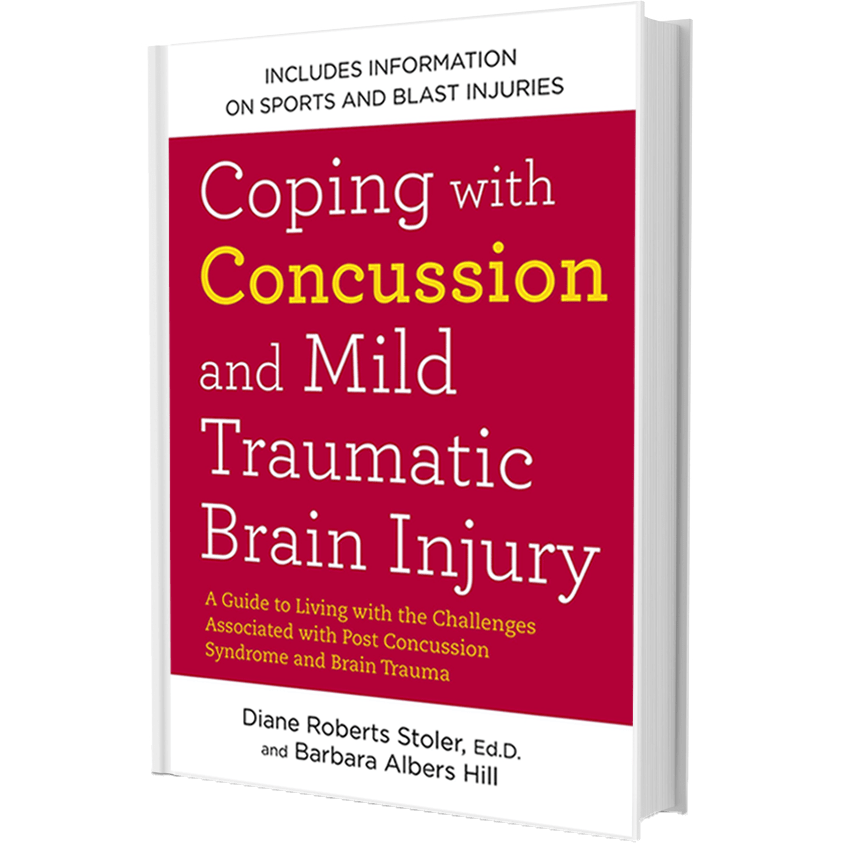Autism Treatments
Autism (ASD) is a series of brain development disorders that range from mild to severe. Though there is no cure for Autism, Dr. Diane® develops autism treatments that help manage many of the challenges that come with it.
Insurance Coverage by Approach
At Dr. Diane Brain Health, we use Conventional, Complementary and Alternative treatments. One type of treatment is not necessarily better than the others, instead it depends on what the client needs and what will be covered by health insurance.
Conventional Autism Treatments
Speech and Language Therapy
- Speech Sound Production
- Articulation
- Apraxia of Speech
- Dysarthria
- Ataxia
- Dyskinesia
- Resonance
- Hypernasality
- Hyponasality
- Cul-de-sac Resonance
- Mixed Resonance
- Voice
- Phonation Quality
- Pitch
- Loudness
- Respiration
- Fluency
- Stuttering
- Cluttering
- Language (comprehension and expression)
- Phonology
- Morphology
- Syntax
- Semantics
- Pragmatics
- Literacy
- Prelinguistic Communication
- Paralinguistic Communication
- Feeding and Swallowing
- Oral
- Pharyngeal
- Laryngeal
- Esophageal
- Orofacial Myology (including tongue thrust)
- Oral-Motor Functions
Amy Karas is the Speech and Language Pathologist on our Brain Health Expert team and she is also a Cognitive Therapy Practitioner.
Physical Therapy
Physical therapy uses exercises that help people on the autism spectrum improve muscle strength, coordination, flexibility, balance, and motor skills. First and foremost, treatment programs using physical therapy are unique to each person, and can help improve function. In addition, physical therapy uses massage therapy, heat or water therapy, and other methods that will help improve a patient’s ability to self-regulate. Ultimately, the goal is to promote functional independence in each person. Anthony Percoco is the Physical Therapist on our Brain Health Expert Team and he also provides Craniosacral therapy.
Occupational Therapy
On the other hand, occupational therapy looks at functional body movement, daily living skills, cognition, vision, and perception. It helps people on the autism spectrum adapt to school and workplace environments and helps to improve their fine motor skills, social skills, life skills, and various job skills. Together with the patient and family, an occupational therapist will find the best ways to grow and maintain these skills and point out equipment that can help the client with these skills.
Psychotherapy
“During psychotherapy, you learn about your condition and your moods, feelings, thoughts, and behaviors. Psychotherapy helps you learn how to take control of your life and respond to challenging situations with healthy coping skills.” – Mayo Clinic
Cognitive Therapy
- Attention
- Memory
- Problem Solving
- Executive Functioning.
Insight Therapy
This type of therapy looks at understanding your past in an effort to help change how you feel, which is very helpful in treating depression, anxiety, and trauma, as well as allowing self-exploration.
Cognitive Behavioral Therapy (CBT)
A type of psychotherapy that helps people on the autism spectrum change how they think, feel, or act. Thankfully, it can improve how they react to situations, reduce their stress, and achieve important goals. Some of these goals include reducing worrying, recognizing problem size, and improving executive function (i.e., reasoning, working memory and self-control).
The Three Parts to CBT are:
- How you think changes your behavior
- The way you think is monitored and altered
- The desired behavior change is affected through changes in the way you think
Complementary Autism Treatments
Energy Psychology
Emotional Freedom Therapy (EFT) and/or Thought Field Therapy (TFT) is a form of Energy Psychology that teaches you to tap specific acupressure points in a certain pattern to lower anxiety and stress. For many people on the autism spectrum, fidgeting with their clothing, hair, objects or flapping their hands can be very calming, and this often helps with self-regulation. Singing, dancing, making rhythmic sounds, tapping, or drumming are also very soothing.
Acupuncture
Acupuncture is another form of energy treatment, as well as an ancient form of Chinese medicine that is centered on the body’s natural energy flow or chi. The subtle energy that flows through your body is as important to your health as your typical body functions. So when these energies become weak or out of balance, we feel physical and emotional symptoms. To ease these symptoms the energy must be restored and that’s where acupuncture helps. William Mogan is the acupuncturist on our Brain Health expert team.
Biofeedback
Biofeedback is like looking in a mirror and seeing your inner responses instead of your outer self. Ordinarily, you cannot impact your brainwave activity because you can’t see it. However, when you see real time information about your brain function on a computer screen, you can then guide that function in a positive way.
Below are four types of Biofeedback and all of them use some type of monitoring device, along with electronic sensors to give information about what is going on in the body:
- Heart Rate Variability (HRV)
- Thermal
- Muscular (EMG)
- Neurological (EEG)
Neurofeedback
A learning method that uses a computer to show a person his or her own brainwave pattern in the form of EEG activity. First sensors are put on the patient, then the brainwave information is turned up and shown back to the trainee in the form of a computer game. When the brain is not working properly, proof of this will show up in EEG activity. When this happens, the brain will notice it and can make changes based on what it “sees” through computer images and sounds. This challenges the brain to learn to reorganize itself and therefore function better. Both Dr. Diane® and Paul Soper are Neurofeedback specialists and are part of the Brain Health Expert Team.
Water Therapy
Being in water gives a calming support and an even pressure that helps kids on the autism spectrum work on their sensory skills and helps with self-regulation. In the same way, it can help the client reach new physical milestones and build up their social skills. Dr. Igor Burdenko, Ph.D., is known around the world for his water therapy method, called the Burdenko Method, and he is a part of our Brain Health Expert Team.
Alternative Autism Treatments
Reiki
Reiki is a form of energy healing that is useful for stress, increasing energy, and treating injuries. It can also, in fact, be used independently to maintain health. Of course because it is relaxing and supports the healing process, it can help treat a wide variety of issues. Clara Diebold is the Reiki Master on our Brain Health Expert Team.



